
Every Refrigerator Has a 'Power-Saving Switch'
Every Refrigerator Has a 'Power-Saving Switch': Easy to Spot, Yet Many People Don't Know About It
Adjusting the refrigerator's temperature properly not only helps keep food fresh for longer but also reduces energy consumption.
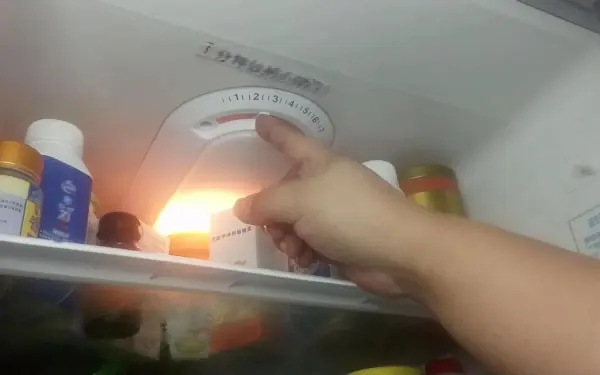
Refrigerators play a crucial role in food preservation, especially during hot summer months. However, many users still overlook the importance of setting the right temperature. Incorrect temperature settings can reduce efficiency and increase electricity consumption.
Generally, most refrigerators today have temperature settings ranging from 0 to 7, which you can see on the temperature control knob. Each number represents a different cooling level:
- Level 0 means the refrigerator is turned off.
- Level 1 is the weakest cooling level.
- Level 7 is the strongest cooling level.
Many people mistakenly believe that setting the refrigerator to the highest cooling level (6 or 7) in summer will better preserve food. However, in reality, this forces the compressor to run continuously at high power, leading to increased energy consumption and reduced appliance lifespan.
Tips for Using Your Refrigerator Efficiently and Saving Energy
1. Adjust the Temperature Properly
Many modern refrigerators come with a digital temperature display, allowing for precise adjustments based on specific conditions. However, you can also manually adjust the settings for better accuracy.
- In summer, set the refrigerator between levels 2 and 4 to maintain a stable internal temperature while saving energy. The freezer compartment should be set below -18°C to freeze food quickly and keep it fresh longer.
- In winter, when the surrounding temperature drops, you can slightly increase the fridge temperature. This helps preserve food freshness while reducing electricity usage.
- Adjust the temperature according to changes in weather, the amount of stored food, or when adding new groceries.
2. Clean the Refrigerator Regularly
Since refrigerators operate continuously, regular cleaning and maintenance are necessary. Defrosting the freezer is particularly important, as older refrigerators tend to accumulate thick layers of ice.
A buildup of ice not only takes up space but also blocks airflow, reducing cooling efficiency. Therefore, it’s recommended to defrost and clean the refrigerator at least twice a year.
Additionally, don't neglect the condenser coils and compressor. If too much dust accumulates, heat dissipation will be poor, leading to higher energy consumption. You can use a vacuum cleaner or a soft-bristle brush to remove dust. Also, check and clean the door seals—if they become dirty or loose over time, the refrigerator’s sealing effectiveness will be compromised.
3. Minimize Unnecessary Door Openings
A refrigerator functions like a large icebox. Every time you open the door, cold air escapes, and warm air rushes in. The appliance then has to work harder to maintain the desired temperature, consuming more electricity.
To save energy:
- Open the fridge door only when necessary.
- Avoid keeping the door open for too long.
4. Organize Food Neatly
Another helpful tip is to categorize food and place it back in the correct compartments after use. This allows you to find what you need quickly without rummaging through the fridge, which minimizes door-open time.
How you organize food directly affects the refrigerator's cooling efficiency. To optimize energy savings:
- Ensure cold air can circulate evenly throughout the fridge.
- Store fruits and vegetables in the humidity-controlled drawers to maintain freshness.
- Place meat and seafood on the bottom shelf to prevent cross-contamination.
Proper organization not only keeps food fresher for longer but also ensures even air circulation throughout the refrigerator.
News in the same category

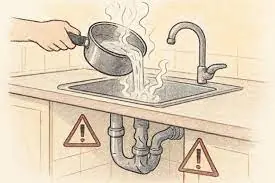
Stop pouring hot water down the sink — here’s why!
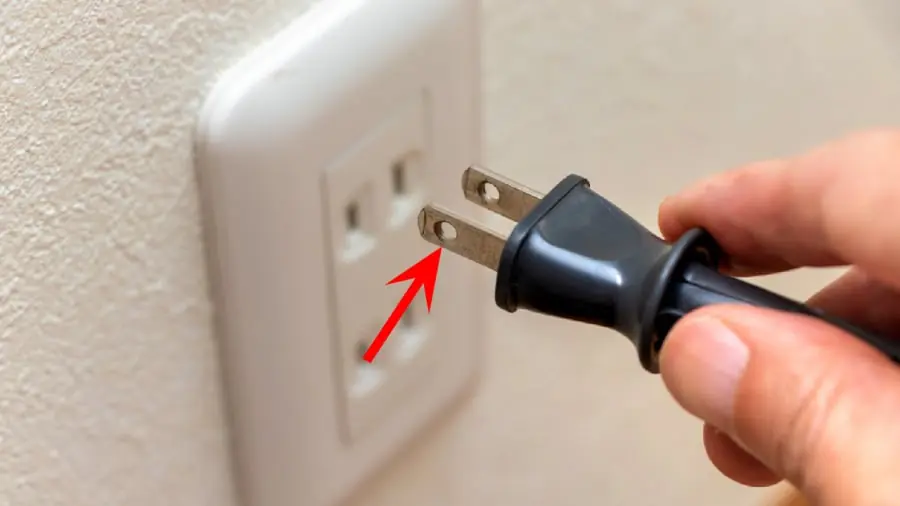
The Special Purpose of the Two Small Holes on Flat Plug Prongs That Many People Don’t Know

Here's how to choose delicious, sweet mangosteens – all 10 of them are perfect

A 111-year-old man eats these two foods every day—and they’re incredibly cheap at local markets

How to Quickly Eliminate Bed Bugs, Cockroaches, Fruit Flies, and Other Insects from Your Home

Mosquitoes are terrified of this leaf: Place a handful in your home and not a single one will dare to buzz around

Why do people put garlic at the head of the bed before going to sleep? The reason may surprise you.

Snakes are af.raid of these 5 plants - Plant them around your house to repel snakes and protect your family

90% of women don’t know this trick: Add this one thing to the pan and you can fry “everything” without worrying about oil splattering!

When Buying Bananas, Just Say These 3 Words — Sellers Will Think You’re an Expert and Won’t Dare to Cheat You

Stop Storing Ginger in the Fridge! Here’s How to Keep It Fresh for Up to 6 Months

Thought It Was Just Kitchen Waste, Lemon Peels Turn Out to Be a “Hidden Treasure” With 5 Little-Known Uses

Stop washing clothes the old way! Don’t just add detergent—try this quick hack and your clothes will come out like new.

Expert reveals 'military sleep method' that helps you fall asleep in just two minutes

Don’t Fry Fish with Just Oil: Add These 3 Ingredients for Golden, Crispy Fish with No Oil Splatter

Warning for Anyone Using an Air Fryer: There’s One Essential Part You Must Clean—but It’s Often Overlooked
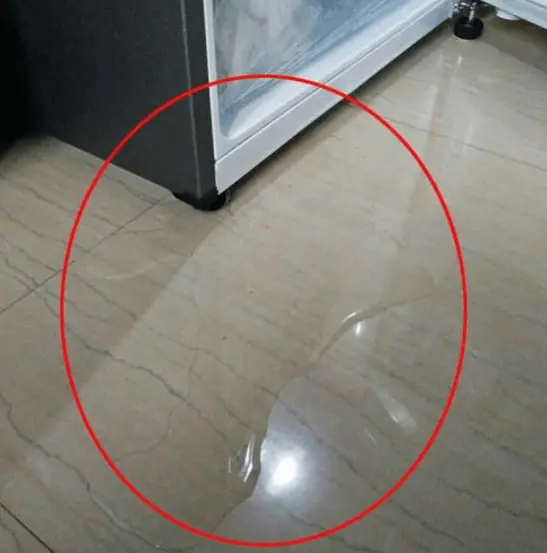
Fridge leaking water: Don't rush to call a technician, just do this to keep your fridge running smoothly without spending money
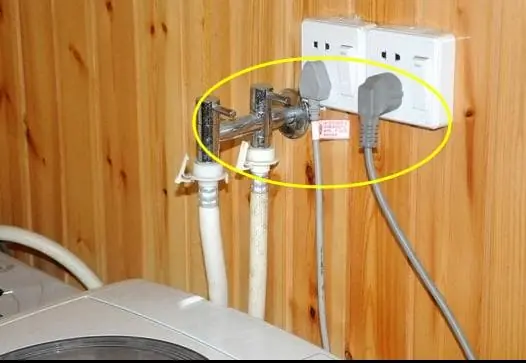
7 Power-Hungry Home Appliances: Unplugging Them Can Save Electricity—but Also Shorten Their Lifespan

Boil eggshells and say goodbye to the …
News Post

If You Spot This Vegetable at the Market, Buy It Immediately: Cheap but “Miraculously” Effective at Preventing Hair Loss and Boosting New Hair Growth
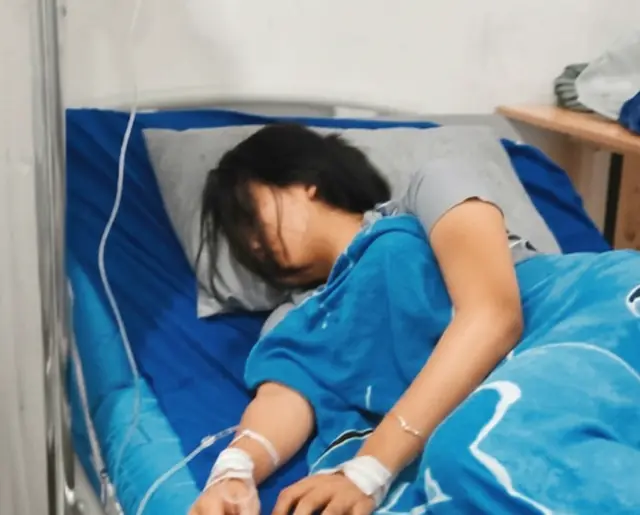
21-Year-Old Student Di.es Just 5 Days After Lu.ng Can.cer Diagnosis, Doctors Reveal a Shocking Truth Missed 6 Months Earlier

Hacks Everywhere: How the Age of Digital Shortcuts Is Rewriting Power, Privacy, and Survival

Europe’s Tech Awakening: How the EU Is Racing to Reclaim Its Digital Power

Buried Treasure Fills in Ancient Roman Puzzle

Blueberry Breakfast Quesadilla

The Flight That Celebrated New Year… Twice!

Over 60? 10 Early Dementia Warning Signs You Must NEVER Ignore (Catch Them Before It’s Too Late)
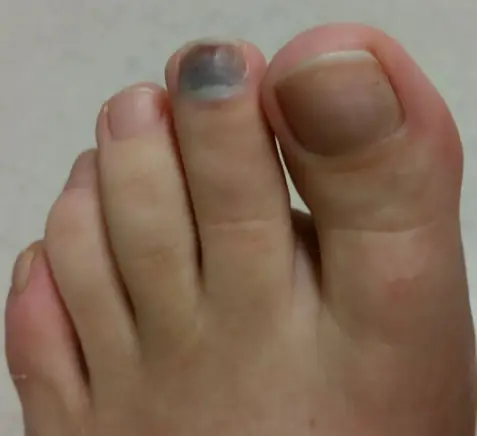
What Causes a Toenail To Turn Black?

Jjajangmyeon – Korean Black Bean Noodles

What To Know and Do About Pain Under Your Left Rib Cage

Understanding the Relationship Between Breast Size and Hormonal Health

Clove Water Sitz Baths for Women: A Gentle Guide to Hygiene and Comfort

Beef, Broccoli & Mushroom Rice Bowl
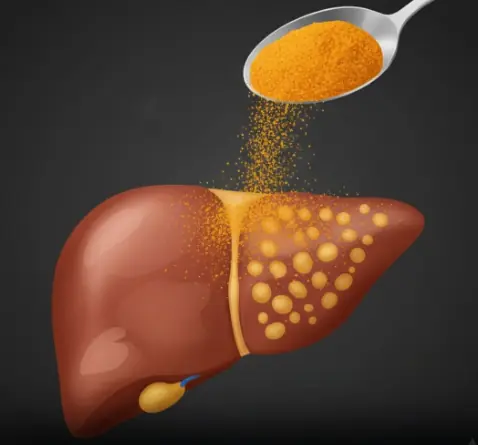
1 teaspoon a day melts away fatty liver naturally
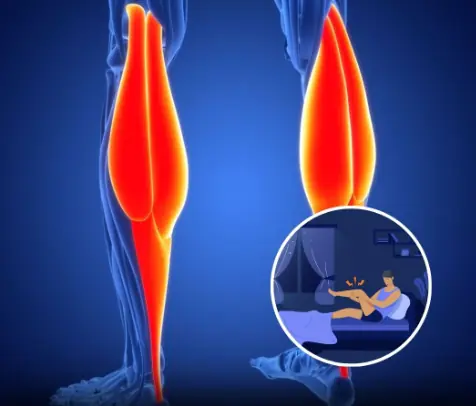
Why Your Legs Cramp At Night And How To Stop It From Happening

Stop pouring hot water down the sink — here’s why!

How to treat nerve pain in the foot, toes & legs
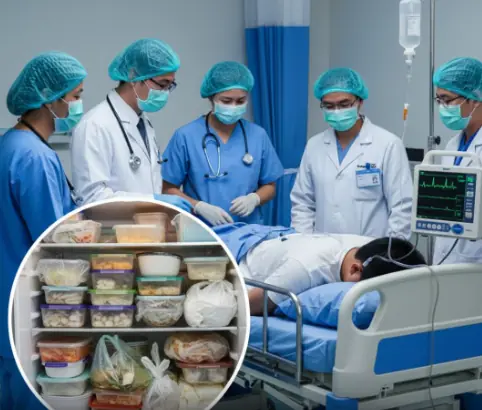
5 foods you should never keep overnight
